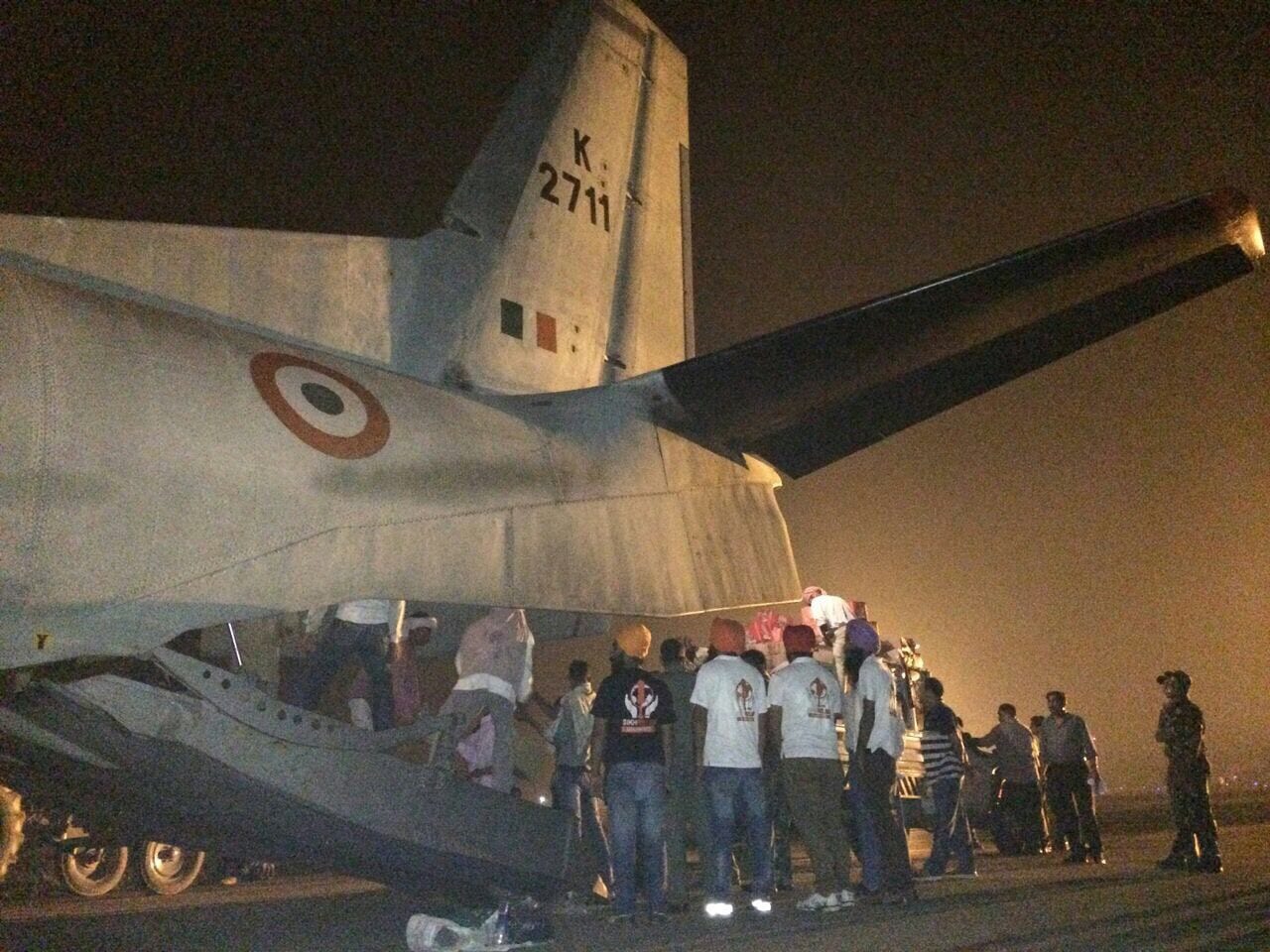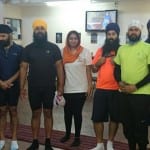

Advani could confidently proclaim that the BJP was now the natural party of governance. By 2002 or so, things had got to the stage where history books were being re-written, where Jawaharlal Nehru was being routinely derided as the man responsible for India’s poverty, and where L.K. The new BJP pandered to middle class sentiment, to middle class prejudice and to middle class grievances. The party, which had hovered around the fringes of national politics for decades in various guises, suddenly became the party of a certain kind of educated Indian. And yes, it clasped the BJP to its collective bosom. Vir Sanghvi – The middle class has rejected BJP’s definition of Indianness: "…A new middle class did emerge.Hence, BJP should now disassociate itself with ‘Hindutva’." … He said BJP mentioned ‘Hindutva’ in its election manifesto in recent Lok Sabha elections but it "miserably failed to attract" the common voters and citizens in the country". Probably, they thought they were not deemed to climb the pedestal of power with ‘Hindutva’ line. Vaidya of RSS : "the BJP has failed to convey the real meaning of ‘Hindutva’ to the people (in the recent elections).

Now many others have similar thoughts, including some of the insiders and some people from the Sangh Parivaar. In some of my earlier postings, I mentioned this. The other party that was in power in Orissa, BJD, severed its coalition with BJP before the elections and went on to win the elections with a larger number of seats than before. Out of 147 state level seats, their number reduced from 32 to 6 and in the national level MP (member of parliament) seats their number in Orissa (total seats 21) reduced from 7 to ZERO.

14,648,437) compensation to the next of kin of 35 Kandhamal riot victims.Ī part that is not mentioned in the report is that in the 2009 April elections the BJP party which was accused of playing a role in the violence in Orissa was decimated across the state. In June 2009 the central Government disbursed $ 300,000 (Rs. Since the reelection of the Biju Janata Dal Party, without its former coalition partner, the state government has worked with the central government to rebuild communities in Kandhamal both through infrastructure improvements and peace councils with various stakeholders. The state government, supplemented by central police, ensured that all communities in Kandhamal were able to freely and fairly exercise their franchise in April 2009 state and parliamentary elections. In March 2009 Orissa’s ruling party, Biju Janata Dal, terminated its 11-year alliance with its coalition partner, the BJP, reportedly in part over differences in responding to the Kandhamal violence. According to several independent accounts, an estimated 3,200 refugees remained in relief camps, down from 24,000 in the immediate aftermath of the violence. Rama Rao in connection with Saraswati’s murder. On April 21, 2009, police arrested Maoist leader P. The police arrested 1,200 persons and registered more than 1,000 criminal cases. State authorities established 18 emergency camps to house displaced persons, worked with NGOs to deliver assistance and relief to victims, and allocated funds to compensate next of kin and repair damaged houses, businesses, and places of worship. The central Government sent 39 companies of paramilitary forces to restore peace and security. The large-scale violence, which included the August 25 alleged rape of a Christian nun, attracted worldwide media attention. According to widely accepted government statistics, 40 persons died and 134 were injured most of the victims were Christians. Although ultraleft Maoists claimed responsibility, the murders exacerbated underlying socio-economic tensions between the dalits and the tribals and unleashed a wave of revenge killings, assaults, and property destruction. In Kandhamal, Orissa State, individuals affiliated with left-wing Maoist extremists killed Hindu religious leader Swami Laxmanananda Saraswati and four Vishwa Hindu Parishad (VHP) workers on August 23, 2008.


 0 kommentar(er)
0 kommentar(er)
